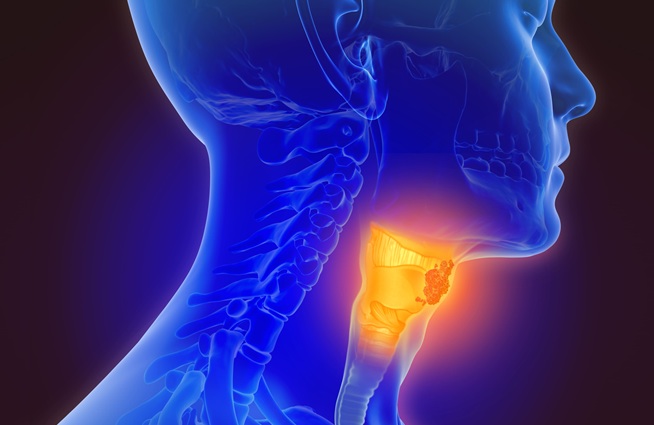New Diagnostic System Achieves PCR Testing Accuracy
Posted on 09 Apr 2024
While PCR tests are the gold standard of accuracy for virology testing, they come with limitations such as complexity, the need for skilled lab operators, and longer result times. They also require complex chemical reactions which are crucial for amplifying viral DNA or RNA, a process that involves generating multiple copies of the genetic material that can also create and amplify error. Additionally, PCR tests can detect only nucleic acids, the material comprising DNA and RNA, but for certain diseases it can be of great use to detect other biomarkers such as proteins. Now, a groundbreaking diagnostic system offers the ability to accurately identify SARS-CoV-2 and Zika virus with a precision matching or surpassing that of PCR tests, but significantly reducing the time and complexity involved in diagnosis.
The new system developed at UC Santa Cruz (Santa Cruz, CA, USA) in collaboration with the Texas Biomedical Research Institute (San Antonio, TX, USA) combines optofluidics and nanopore technology to create a lab-on-a-chip diagnostic system. Optofluidics refers to the control of tiny amounts of fluids using beams of light, with a nanopore for counting single nucleic acids to read genetic material. The testing process begins with a biofluid sample mixed with magnetic microbeads designed with a matching RNA sequence of the disease for which the test is meant to detect. For instance, in case of a test to detect COVID-19, the microbeads will have strands of SARS-CoV-2 RNA on them. When SARS-CoV-2 virus is present in the sample, the virus's RNA binds to the beads.

After waiting briefly, the magnetic beads are pulled down to the bottom of the container and everything else is washed out. The beads are placed into a silicon microfluidics chip, where they flow through a long, thin channel covered by an ultra-thin membrane. The beads are caught in a light beam that pushes them against a wall in the channel, which contains a nanopore, a tiny opening only 20 nanometers across. In comparison, a human hair is approximately 80,000 - 100,000 nanometers wide. After this, heat is applied to the chip, making the RNA particles come off the beads and sucked into the nanopore, which detects that the virus RNA that is present
For this study, the researchers used various biofluids, including saliva and blood from baboons and marmosets, to understand disease transmission in different animals. The test demonstrated accuracy in virus detection at levels sometimes missed by PCR, indicating potential superior sensitivity. This lab-on-a-chip technology is not only applicable to Zika and COVID-19 but can be adapted to any virus for which the researchers have a genetic sample. The system can be further simplified and minimized, allowing it to simultaneously test for multiple disease types, a feature called disease multiplexing.
“We built up a simple lab-on-a-chip system that can perform testing at a miniature level with the help of microfluidics, silicon chips, and nanopore detection technologies,” said Mohammad Julker Neyen Sampad, a graduate student at the Texas Biomedical Research Institute. “Simple, easy, low resource tool development was our goal — and I believe we got there.”
Related Links:
UC Santa Cruz
Texas Biomedical Research Institute




 assay.jpg)










